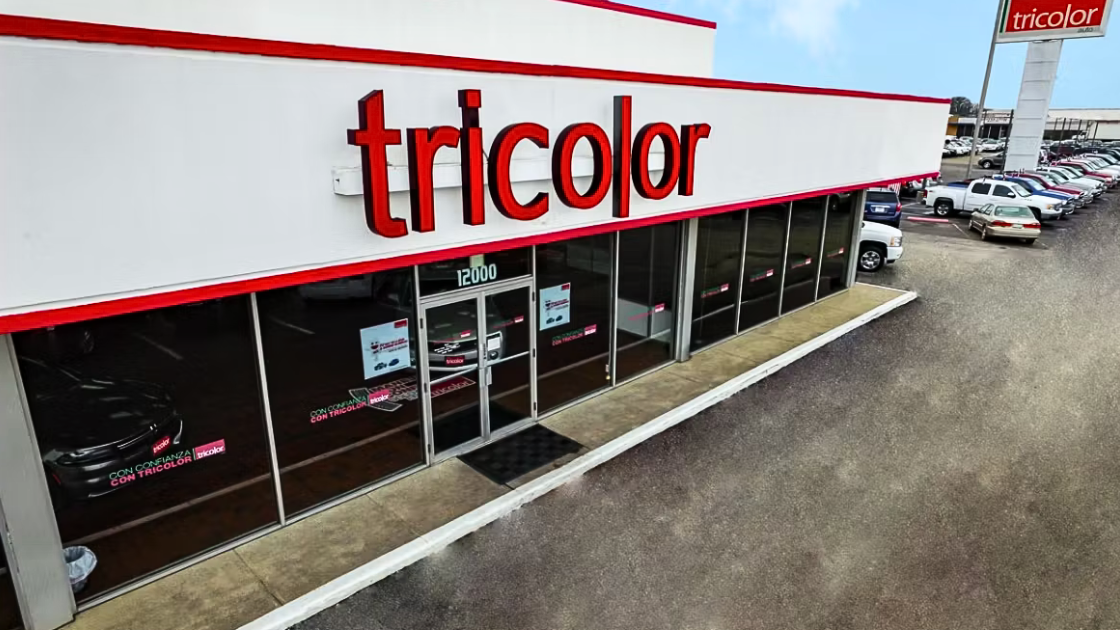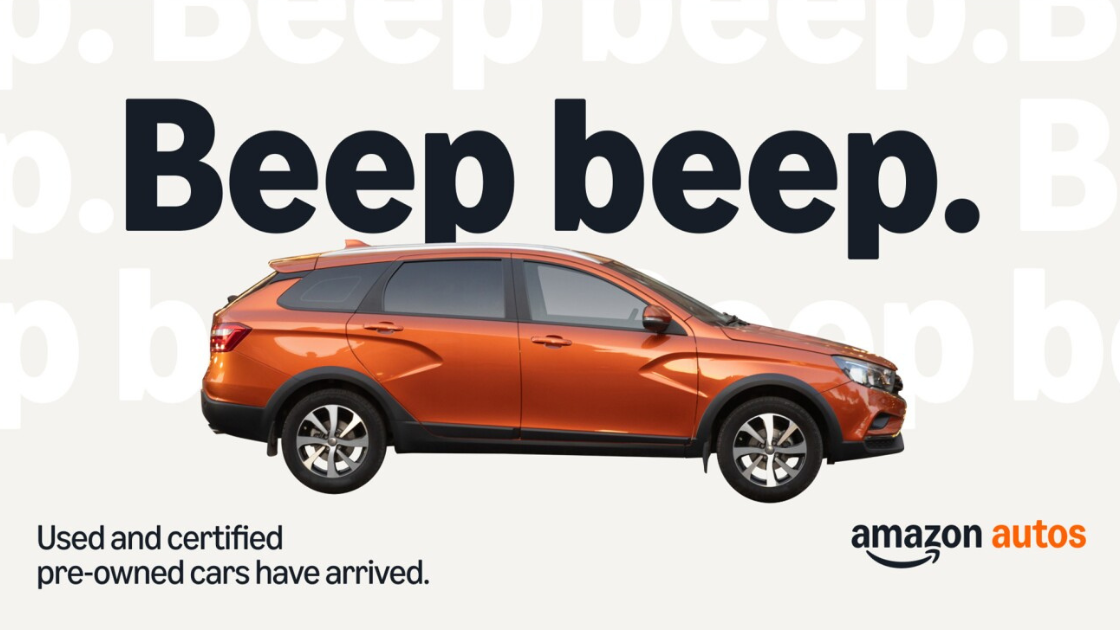CarMax and Carvana retail just under 3% of all used cars sold in the U.S. Yet, they acquire a whopping 13% of used vehicles from consumers (more than 2 million cars a year).
That means they’re intercepting a lot of high-quality trade-ins from traditional franchise dealers, setting the tone for pricing in the market, while stockpiling the cleanest, most profitable inventory for themselves.
Driving the news: "Carvana is winning the argument with your customers," Brian Kramer, EVP of dealer growth and success at Cars Commerce, told Daily Dealer Live hosts Sam D'Arc and Uli De'Martino.
The reason: By consistently offering competitive, transparent trade-in values and delivering exactly what they promise online, Carvana and CarMax have positioned themselves as a prime destination for anyone selling a car.
"They connect the online to the in-store experience exceptionally well," Kramer explained. "What consumers experience after they appraise their car online is what they said it was going to be when they actually arrive."
The key problem: Many dealers are not appraising enough consumer trade-ins, and are likely overpaying on similar vehicles at wholesale auctions, said Kramer.
The solution: Dealers need to appraise twice as many cars as they sell.
By the numbers: A recent Cars.com study found that dealers hitting a 2:1 ratio achieve at least 53% trade capture. Right now, the industry average for trade capture at franchise dealers is just 34%, despite 70% of car shoppers having a trade-in.
"If you appraise twice as many cars as you sell, which not many dealers do as crazy as that sounds, your mis-trades to another dealer will go down by 50%, reducing reliance on auctions," explained Kramer.
So, he recommends tracking the following:
Trade capture rate: Target 50-60% vs. 34% industry average
Mis-trades: Less than 10%, ideally under 7%
Appraisal-to-sales ratio: Minimum 2:1, some dealers achieve 3:1
But implementation tends to break down at the manager level. Kramer sees it repeatedly when he visits dealerships.
"There's one rogue manager that is not bought in," he explained. "That one person dictates the tone and the inconsistency and the confusion for the sales team and the BDC and the internet team. And that's where it breaks down."
Kramer's approach to winning them over involves data, not arguments. He pulls up the three best-selling vehicles in their market and compares pricing across CarMax, Carvana, and the dealer's own website widget.
"They're typically all pretty much the same," he said. "And if these guys are appraising 80% plus of their cars in an automated way, why can't you do that?"
Kramer also recommends customer journey mapping to identify specific gaps in the process. Dealers should compare how a consumer experiences buying from Carvana versus their dealership step by step.
"Let's see where the gaps are. And then you start attacking those and narrowing those gaps," he said.
Bottom line: In a market with historically low supply, dealers who master systematic used car acquisition will thrive. Those who don't will keep paying premium prices at auction for vehicles they could have bought cheaper from the customers already sitting in their showrooms.
A quick word from our partner
Under-collected fees, upset customers, negative online reviews, buyback letters, and more.
DLR50™ is the solution for your out-of-state titling pains.
DLRdmv® understands the impact out-of-state deals have on your business, as they can impede your desk and damage CSI. That’s why they developed DLR50™, to modernize and streamline the entire process for you and your team.
CDG readers can schedule a short demo and receive 30 days of free DLR50 unlimited full-service access. Use code News30 at DLRdmv.com/CDG to get started.
DLRdmv®, The Dealer’s DMV™

OUTSMART THE CAR MARKET IN 5 MINUTES A WEEK
No-BS insights, built for car dealers. Free, fast, and trusted by 55,000+ car dealers.












